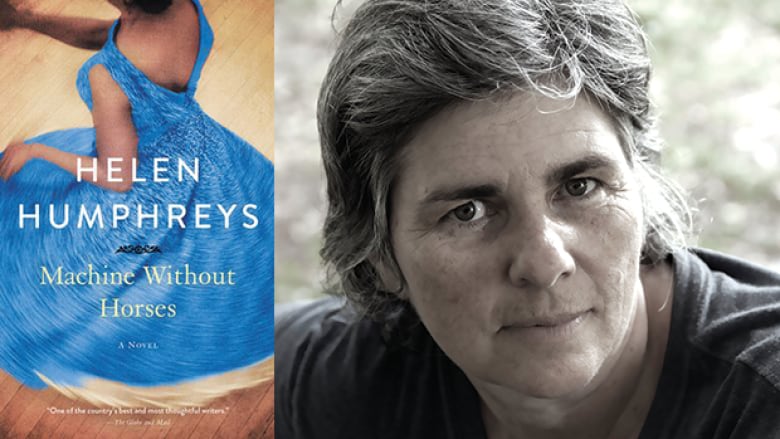
by Sandra Gulland | Nov 20, 2018 | Adventures of a Writing Life, Biographical Fiction, On Character Development, Recommended Books, Movies, Podcasts, etc., The Writing Process |
The two reviews I read of Helen Humphreys newest publication, Machine Without Horses, were somewhat negative, claiming that the combination of memoir and fiction simply do not work. Humphreys is one of my favorite writers. She never fails to please, and so I was curious.
I’ve just now finished it and I beg to differ. I found this to be an innovative and inspiring work.
Machine Without Horses is billed as a novel: therein, I think, lies the problem. The first half of this “novel” is a memoir of the author researching and thinking through how to write about her subject, Megan Boyd, a famous fishing fly maker from Scotland.
I particularly love the author’s thoughts on writing. Coming from Humphreys, these are gold. Here are some examples of her thoughts on character development:
The beginning of a life is often the start of the story. Character is formed from the early incidents and accidents, from sudden trauma, or reassuring constancy. These are more important than aspects of personality because they are the ground on which the inherent nature of the person blossoms or is stifled. (Page 7)
I particularly like this because it jives with my current thoughts on character development. (See my thoughts regarding the book Story Genius.)
When I set about making a story, one of the first things I think about is the motivation of the main character. What is it that they want? What are they driven by? Story is created from combining a character’s motivation with their circumstances. (Page 16)
In this section of Machine Without Horses, the author is taking lessons on making fishing flies.
“Anything will help,” I confess.”I’m trying to work my way inside her mind before I write about her.”(page 24)
Her teacher Paul asks, “How do you get inside someone’s head to write about them? Especially someone who was a real person?”
This is the sixty-million-dollar question, and one that I don’t really have a definitive answer for because I’m constantly shifting my thinking about how to accomplish this kind of transference. It is hard enough to be oneself. How can we effectively become someone else? (pages 26/27)
This quote pertains especially to writing biographical fiction:
The trouble with writing a novel is that there are so many ways to make mistakes that you just have to give up on the idea of getting it right. Instead, you have to choose a few aspects to remain faithful to and do your best to make everything else as believable as possible for the reader. (page 33)
I especially love this passage:
A writer must slowly build a story and characters, as though they were making a machine, with each part intersecting snugly, each sentence casting forward to hook onto the next. You must lean the way they lean, have the understanding they have, never step outside the limits you have determined for them. You cannot just kill them off with no real warning. It will feel unbelievable to readers and they will stop trusting your story. Fiction is measured and reassuring in a way that life isn’t, and perhaps that’s why we read it, and also why I write. (pages 89/90)
Throughout this section, there are now and again descriptions that echo fly fishing, i.e. “each sentence casting forward to hook onto the next.”
Starting a novel is like starting a love affair. It demands full and tireless attention or feelings could change. Commitment takes time, and so there must be a rush of passion at the beginning. This means that the other life of the writer, the “real life,” has to fade into the background ground for a while. (Page 11–12)
Not exactly like being in love, however:
When I’m working on a book, I just wear the same clothes day after day, eat the same food with no variation. Novel–writing and depression have a great deal in common, as it turns out. (page 41)
This is a spare book, only 267 pages, and this section on Humphreys preparing to write about her subject accounts for more than half of it. The last 120 pages is the work itself, a beautifully spare biographical novella about Helen Boyd.
Exquisite.
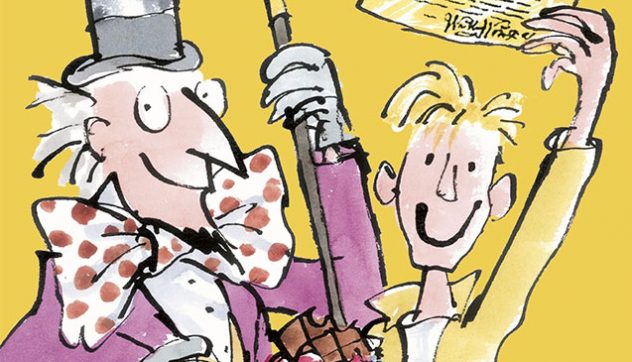
by Sandra Gulland | Sep 26, 2018 | On Character Development, Resources for Writers |
This post is in support of a MasterClass workshop I gave on Developing Character at the Kingston WritersFest, September 2018. (My apologies to those of you who are subscribed to my blog and got this post by accident.)
Books
Story Genius: How to Use Brain Science to Go Beyond Outlining and Write a Riveting Novel (Before You Waste Three Years Writing 327 Pages That Go Nowhere) by Lisa Cron
Believable Characters: Creating with Enneagrams by Laurie Schnebly
The Writer’s Journey: Mythic Structure for Writers, by Christopher Vogler
The Negative Trait Thesaurus: A Writer’s Guide to Character Flaws and The Positive Trait Thesaurus: A Writer’s Guide to Character Attributes, both by Angela Ackerman and Becca Puglisi
Writer’s Guide to Character Traits by Linda N. Edelstein
On Writing: A Memoir of the Craft, by Stephen King
An Actor Prepares by Constantin Stanislavski
The Book of Costume by Millia Davenport
Working; People Talk About What They Do All Day and How They Feel About What They Do by Studs Terkle
Save the Cat by Blake Snyder
Online
Worthwhile Google searches: “writing about characters worksheet,” “character development,” etc.
Unsplash (an excellent database for looking for characters)
Astrology (my go-to astrology site)
Name generators (fun!)
Gotham Writers’ Workshop Character Profile Worksheet
Creating a believable character
The Ultimate Character Questionnaire (over 150 questions)
33 Ways to Write Stronger Characters
Body Language Cheat Sheet for Writers
Dynamic Character: How to Write a Compelling Protagonist (Note: most everything at reedsy.com is worthwhile.)
The Basic Anatomy of a Developed Character
Character sketch template
Writing a character sketch on Scrivener
A basic character sketch template
10 Tips for Creating Conflict
33 Ways to Write Stronger Characters
This Book will Change your Writing Life (about the book Story Genius)
Character mannerisms: Describing character quirks and tics
Creating character: How to make characters come alive
500 Character Quirks and Traits
Character flaw list: 30 intriguing character flaws
How to Create and Use a Character Bible for your Novel
8 Character Development Exercises to Help You Nail Your Character
The Ultimate Character Questionnaire
Body Language Cheat Sheet for Writers
How to Write Flashback: 7 Key Steps
The 7 Tools of Dialogue
7 dialogue rules for writing fantastic conversations
The Perfect Way to Create Fictional Characters
When Your Characters Lack Depth, Interview Them
The Blake Snyder Beat Sheet (highly recommended)
Your Ultimate Guide to Character Development: 9 Steps to Creating Memorable Heroes
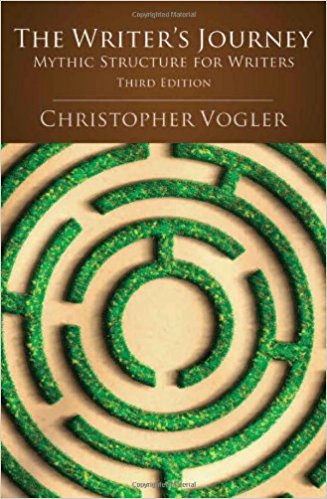
by Sandra Gulland | Mar 14, 2018 | Adventures of a Writing Life, On Character Development |
I promised in my last post on beginning a novel that I would write about creating characters.
Of course, to begin with, I have characters swarming, ideas both historical and fictional. I’ve already searched photo databanks for images that might fit. (Currently, I like using Unsplash for contemporary photos, largely because they tend to be more natural and have personality.)
These incendiary sparks are key, but at a certain point, I have to become analytical.
The first step: The Writer’s Journey
I begin this process by reviewing Part One of The Writer’s Journey; Mythic Structure for Writers, by Christopher Vogler. (This is a book on writing I highly recommend.)
I list the archetypes that traditionally most good stories need:
- Mentor
- Hero/Heroine
- Threshold Guardian(s)
- Herald
- Shapeshifter
- Ally (or Allies)
- Trickster
- Shadow(s)
And then I begin mulling over the characters in My Next Novel (working title, “Raptor Girl”). The roles can be combined into one character (i.e. Shadow and Shapeshifter). I know who my Heroine is, as well as my evil Shadow, and I’m fairly certain that the Mentor is my Heroine’s father. But looking at this list, I realized, Damn, I don’t have a Trickster! And I need one. I need someone to bring humor to this story.
So right now, at this point, I’m still mulling. But that doesn’t stop me from moving onto the next step.
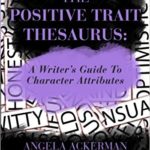
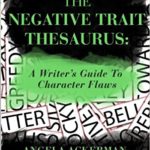
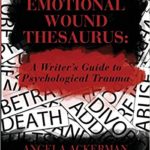
I love these thesauruses. There are more, and I’ve used them all at various stages of writing a novel. At this mulling-about-characters stage, they are a great way to brainstorm. It’s also a good way to identify where the confusions lie.
I immediately identified my heroine Molly as alert (she’s a falconer, after all), and I have a fairly good feel for her brothers and her mother, but her father and the villain remain just a little mysterious to me yet. And who the heck is the Trickster?
Is it the “Wild Woman”?
I’ve long been drawn to having a character I think of as “Wild Woman,” inspired by this amazing portrait:
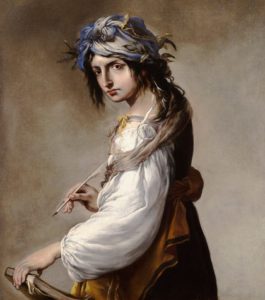
This is “Lucrezia as Poetry” by Salvator Rosa. (An amazing portrait, don’t you think?) But where would she fit in? (Speak to me, Lucrezia!) Might she be a Trickster? Quite possibly. She might well also be a Shapeshifter or even a Mentor.
I’m still in the mulling stage, but it’s time to put together files for all of these characters, including their images, their roles in the story, their positive and negative traits, and (most important) emotional wounds.
And then, step three: the fun part
Once all this begins to congeal somewhat, I will assign sun signs (unless, of course, they are already historically known), and give some thought to where they all fall on an Enneagram chart: Perfectionist? Nurturer? Achiever? Romantic? Observer? Skeptic? Adventurer? Leader? Peacemaker?
I used Enneagram for my most recent novel (The Game of Hope) and Caroline Bonaparte, the Villain, was clearly a #8 (the Boss, Leader or Challenger, depending).
I’ve just bought Believable Characters; Creating with Enneagrams by Laurie Schnebly—so I can’t report on it yet—but there are a number of helpful articles on the Net:
Additionally, if you get hooked on all this—warning: it can become a tempting diversion—there is an online 10-week course available:
Final step: integration
The final challenge will be to pull all this information together and begin to form an integrated concept of each character, filling out the details of their lives, their health, their appearance, their eccentricities.
And then, of course, let them loose in your story!
SaveSave
SaveSave
SaveSave
SaveSaveSaveSave
SaveSave
SaveSave
SaveSave
SaveSave
SaveSave
SaveSave
SaveSave
SaveSave
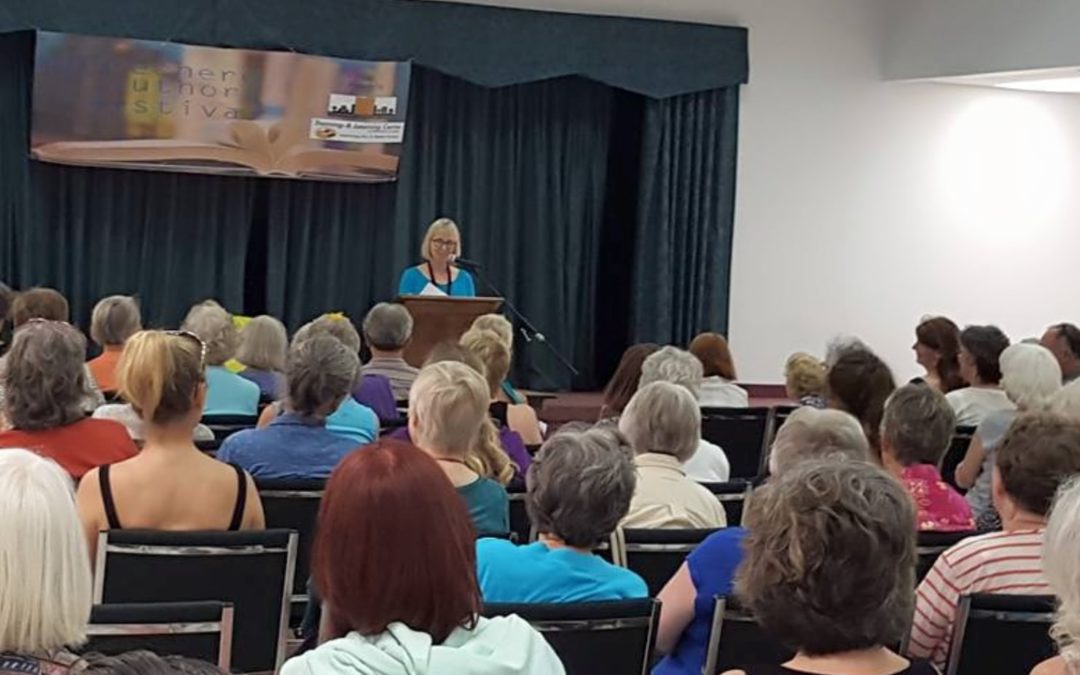
by Sandra Gulland | Aug 2, 2015 | Adventures of a Writing Life, On Character Development, Resources, Resources for Book Clubs, Resources for Readers, Resources for Writers, The Writing Process |
This week was especially speedy! I gave a reading at the Bonnechere Author’s Festival on Wednesday night, and on Friday the “children” and grandchildren arrived and a long weekend of festivities began!
Here is my week in delectable links ….
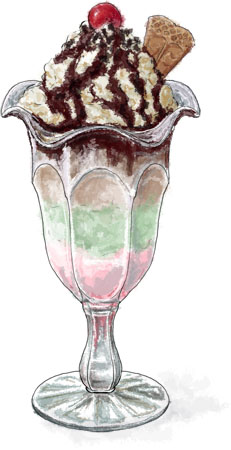
Links for writers …
• I got sidetracked—as I do—looking into scriptwriting software, and bought Final Draft on sale. I doubt that I will ever write a script, but this software offers interesting structure techniques that intrigue me.
• Exploring script templates, I found one on creating character that I like very much. I especially like considering your character’s “humanizing trait.”
• 7 Ways Writing a Screenplay is Different That Writing a Novel.
• How To Write a Screenplay: The 5 Step Process.
• The Heartfelt, Unpublishable, Captivating, Shallow, Sound, Abandoned, Reclaimed, Worthless, Most Excellent Potential Novel, by Tom Bentley. I related to this account in a rather painful way! :-(
• The line-up for the 2016 San Miguel Writers’ Conference looks awesome! It’s from February 10-16, the perfect time of year to get a break from winter in sunny Mexico. Go for it! You will not regret it.
• Medieval Urine Wheels. Just what you always wanted.
• Inspired by a Two Nerdy History Girls blog post on Etiquette for the Victorian Gentleman, I read The Gentlemen’s Book of Etiquette and Manual of Politeness.
• The ‘Natural Beauty’ Ideal of the Regency.
Link for Napoleonistas …
• Napoleon, Josephine and a giant bill for Cologne. Not everything in this article is accurate, in my opinion, but there are interesting details I like quite a lot.
Have a great week!
View of the lake at our cabin :-)
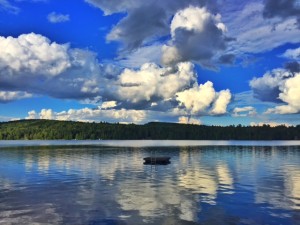

by Sandra Gulland | Feb 2, 2011 | Adventures of a Writing Life, On Character Development, The Shadow Queen, Work in Process (WIP) |
I find NY agent Donald Maass often instructive. I needed this observation today:
So how can we ensure that our characters are as passionately engaged on the page as they are in our minds? The easiest way to excavate their passions is to develop — and put on display — their opinions.
How does your protagonist feel about grunge boots? Puccini? Porcini mushrooms? Hegel’s idea of a civil society? The future of aviation? Texting while walking? It’s interesting to learn such opinions, isn’t it?
That’s my point. Characters who are engaged — who care about things, small and big — in turn engage us.
(via Writer Unboxed » Blog Archive » Depth of Character)
I tend to hold back too much in my writing. It’s time I let Claude have her say.












